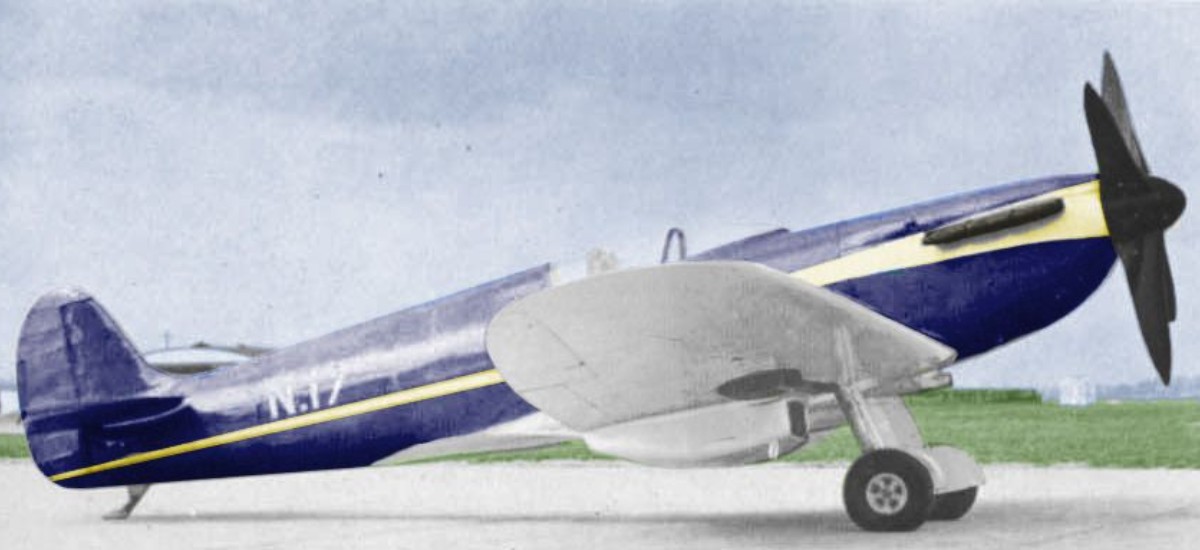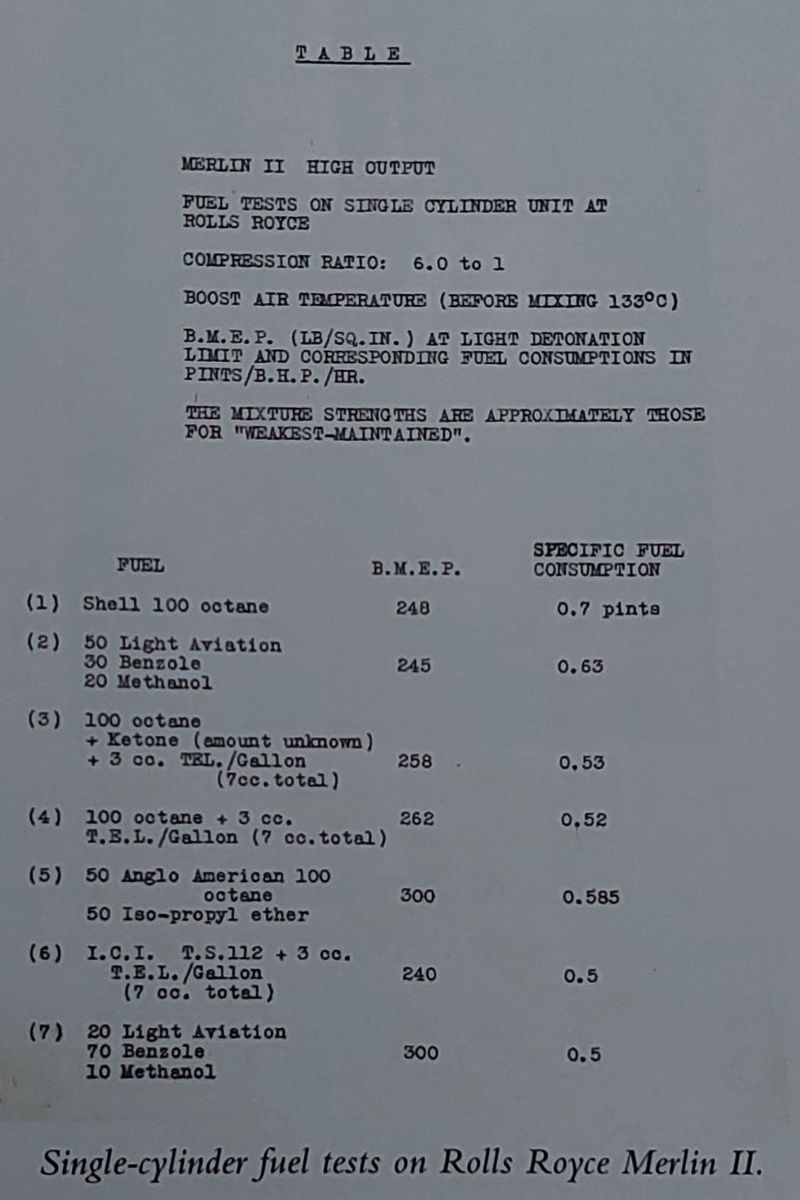The Speed Spitfire
The “Speed Spitfire” was designed to break the world speed record shortly before World War II broke out. It started as a standard Spitfire Mk I, K9834, which Supermarine took from the production line and rebuilt to make it competitive with the German Messerschmitt and Heinkel contenders.
In his book, The Secret Horsepower Race: Western Front Fighter Engine Development, Calum E. Douglas explains how, on April 26, 1939, Germany broke its own speed record with the Messerschmitt Bf 209, a highly specialized bespoke race aircraft. Supermarine and Rolls-Royce were intimidated by the development work now required to convincingly defeat the Bf 209 by a good margin—the new record set at an astonishing 469mph—even though the companies had made great progress in Southampton in plotting Britain’s record attempt.
Accurately estimating that squeezing the required power from the 27-liter Merlin would probably take longer than anticipated, they backed out.

Racing Merlin engine
Despite the efforts made at Derby, RAE engineers had learned a great deal about enhancing the power of the Merlin and had managed to boost it to almost 1800bhp. Ironically, they did this by using special racing sparkplugs that were developed from a German Auto Union racing car because no other sparkplugs could withstand the heat.
On May 30, after the Speed Spitfire underwent a test flight, the chief of Farnborough’s engine department, Muir, informed the chief of aerodynamics, Jennings, that 408 mph had been reached at ground level. This was really near to Jennings’ estimate from March 6, according to Muir.
Additional testing was done to find out how the special racing Merlin engine affected the aircraft’s speed. On June 7, the results showed that the only way to raise the aircraft’s speed from 312 mph to 400 mph at 3000 feet was to increase the supercharger boost from +6.25 to +23.5 lb/sq inch.
The Merlin III, which would have been installed in the majority of Spitfires and Hurricanes during the Battle of Britain, was the version that was being developed to take advantage of 100-octane fuel. On May 16, 1939, the following letter was sent to Farren at the Air Ministry, highlighting the close connection between the work being done on the Speed Spitfire project (which was abandoned, with K9834 being later adapted for various applications) and the real aircraft about to be employed in battle. In order to completely open the Merlin throttles below their rated altitude of 15,500 feet, which would have the effect of significantly increasing engine power at low altitudes, Farren wanted to know what fuel octane numbers were needed.
Fully opening the Merlin throttles
“Dear Farren,
At 5000ft the octane number of the fuel would be 120 (on the BMEP scale), which may be obtained by using 30% D.T.D.224 + 60% benzol + 20% methanol + 4ccs tetraethyl lead. This is what is called the racing fuel, and I should imagine that reasonable quantities of this are available. An alternative fuel is the 100-octane fuel supplies as such + 6ccs tetraethyl lead. This, also, I would imagine would be reasonably available.
Question 2. What octane fuel is required to enable the Merlin II engine in Hurricane or Spitfire aircraft to be opened up to, say 1400bhp at 5000ft?
Answer. At 5000ft the octane number required would be 106 on the BMEP scale. Alternative fuels are: –
D.T.D. 230 + water. This, however, means operating the bi-fuel system…
Question 3. What will the aircraft speeds and the engine rpm be compared with the standard aircraft at various heights from 5000ft upwards?
Answer. These are tabulated below.”

The Secret Horsepower Race Western Front Fighter Engine Development is published by Mortons Books and is available to order here.
Photo by Unknown

